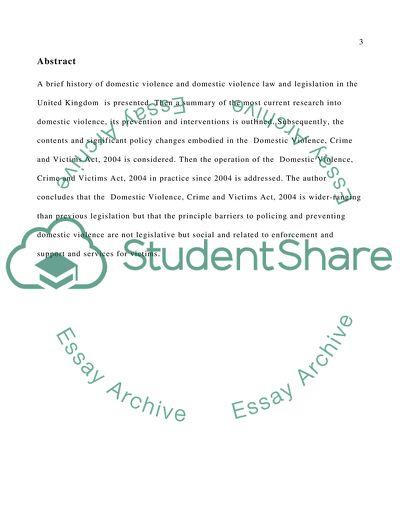Cite this document
(Domestic Violence in the UK Research Paper Example | Topics and Well Written Essays - 4000 words, n.d.)
Domestic Violence in the UK Research Paper Example | Topics and Well Written Essays - 4000 words. Retrieved from https://studentshare.org/social-science/1738386-law-project
Domestic Violence in the UK Research Paper Example | Topics and Well Written Essays - 4000 words. Retrieved from https://studentshare.org/social-science/1738386-law-project
(Domestic Violence in the UK Research Paper Example | Topics and Well Written Essays - 4000 Words)
Domestic Violence in the UK Research Paper Example | Topics and Well Written Essays - 4000 Words. https://studentshare.org/social-science/1738386-law-project.
Domestic Violence in the UK Research Paper Example | Topics and Well Written Essays - 4000 Words. https://studentshare.org/social-science/1738386-law-project.
“Domestic Violence in the UK Research Paper Example | Topics and Well Written Essays - 4000 Words”, n.d. https://studentshare.org/social-science/1738386-law-project.


